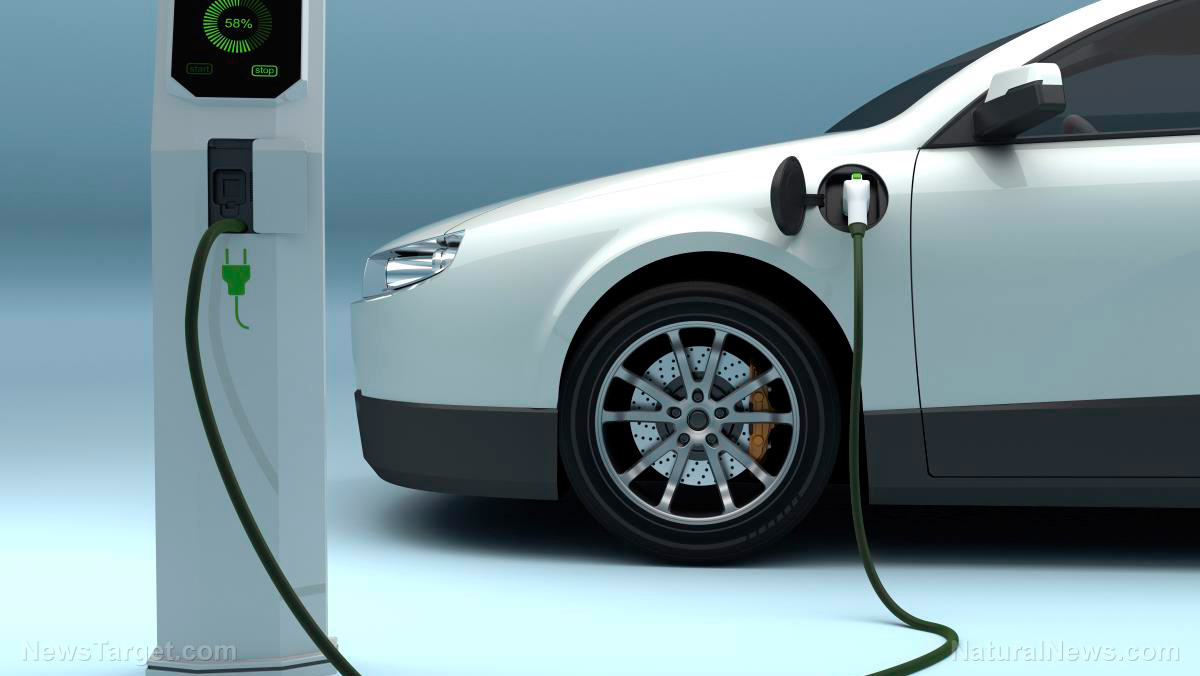
Concrete is the most widely used human-made material and its worldwide demand is second only to water. It is the foundation of homes, buildings, cities and transportation systems throughout the world. But the production of one of its key components – cement – creates a substantial amount of human-produced carbon dioxide (CO2).
A variety of lower-carbon approaches in producing cement and building concrete structures are now being pursued, with some already in practice.
Blue Planet, which is based in Los Gatos, California, uses carbon dioxide collected from the exhaust stack of power plants to produce a synthetic aggregate that can be used to create concrete. The method is extremely efficient and results in a lower cost than traditional methods of CO2 capture. CO2 from flue gas is converted to carbonate (CO3), which locks up the carbon forever. The result is low carbon, carbon neutral or carbon negative concrete, with the same structural integrity as conventional concrete. The Blue Planet aggregates had been used in the concrete poured at the San Francisco International Airport.
Start-up Solidia in Piscataway, New Jersey uses a chemical process licensed from Rutgers University that has cut 30 percent of the carbon dioxide usually released in making cement. It uses more clay, less limestone and less heat than typical processes.
CarbonCure Technologies, a company based in Halifax, Nova Scotia, invented a process that involves removing CO2 from the creation of cement and injecting it into concrete during mixing. The process takes some of the CO2 out of the air and permanently embeds it in the concrete, reducing the amount of cement needed.
Montreal-based CarbiCrete ditches the cement in concrete altogether, replacing it with a by-product of steelmaking called steel slag.
Norcem, a major producer of cement in Norway, uses alternative fuels from wastes and intends to add carbon capture and storage technologies to remove emissions entirely by 2030.
CO2 capture and storage used to be the preferred way to address the CO2 emission issue in the production of cement and building of concrete structures. The technology for capturing and storing CO2 from gas-fired power plants, cement and fertilizer manufacturing is well established, but there have been few economic uses for the resulting product.
With recently available technology, CO2 "capture and use" emerged as a better option. In this process, the CO2 is captured from producing cement or from other industrial processes and then added to a ready-mix concrete or to its components where it is converted to a mineral that could never be released as CO2. The resulting concrete is often stronger and uses less cement.
Some start-ups have been incorporating bacteria into concrete formulations to absorb carbon dioxide from the air and to improve its properties. One of them is BioMason in Raleigh, North Carolina, which "grows" cement-like bricks using bacteria and particles called aggregate.
Researchers at the University of Colorado Boulder, boosted by Defense Advanced Research Projects Agency (DARPA) funds, employed photosynthetic microbes called cyanobacteria to build a lower-carbon concrete. They inoculated a sand-hydrogel scaffold with bacteria to create bricks with an ability to self-heal cracks. This innovation was published in February last year in the journal Matter.
Worldwide cement production emits more CO2 than any country except China and U.S.
The worldwide production of cement accounted for up to eight percent of global carbon dioxide emissions. If cement production were a country, it would be the third-largest carbon dioxide emitter after China and the United States.
According to London-based think tank Chatham House, the cement industry currently produces four billion tons of cement every year and that figure is expected to rise to five billion tons in the next 30 years because of increasing urbanization.
It is produced by burning limestone in kilns at very high heat (2,300° to 3,000° F) usually using powdered coal or natural gas as fuel, wasting a great deal of energy and releasing carbon dioxide from the combustion. (Related: Burning of fossil fuels is polluting oceans with carbon dioxide, says research.)
Cement is just 13 percent of concrete – the rest is made up of sand, aggregate and water. But 79 percent of concrete's CO2 emissions come from cement.
The chemical reaction involved in making cement releases more CO2 as a byproduct. Producing one ton of cement could also produce one ton of CO2 emissions.
Concrete as a whole is the number one source of embodied carbon in buildings, accounting for up to 55 percent. It's also responsible for up to 11 percent of global CO2 emissions.
Follow CarbonDioxide.news for more news and information related to carbon dioxide emissions.
Sources include:
Please contact us for more information.























